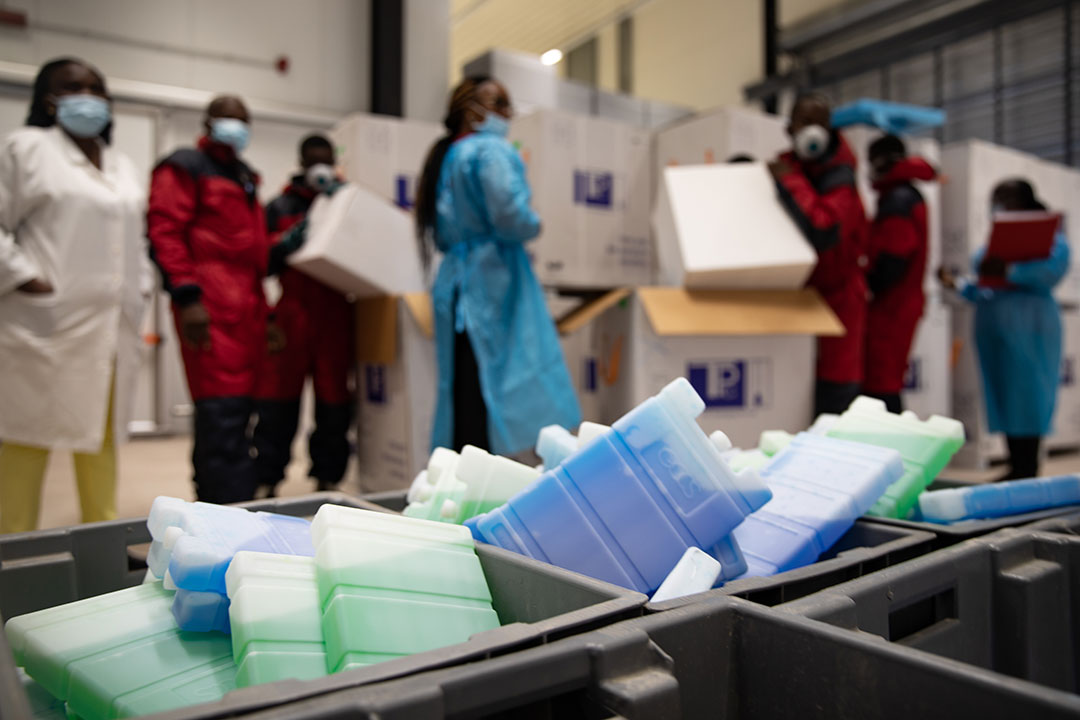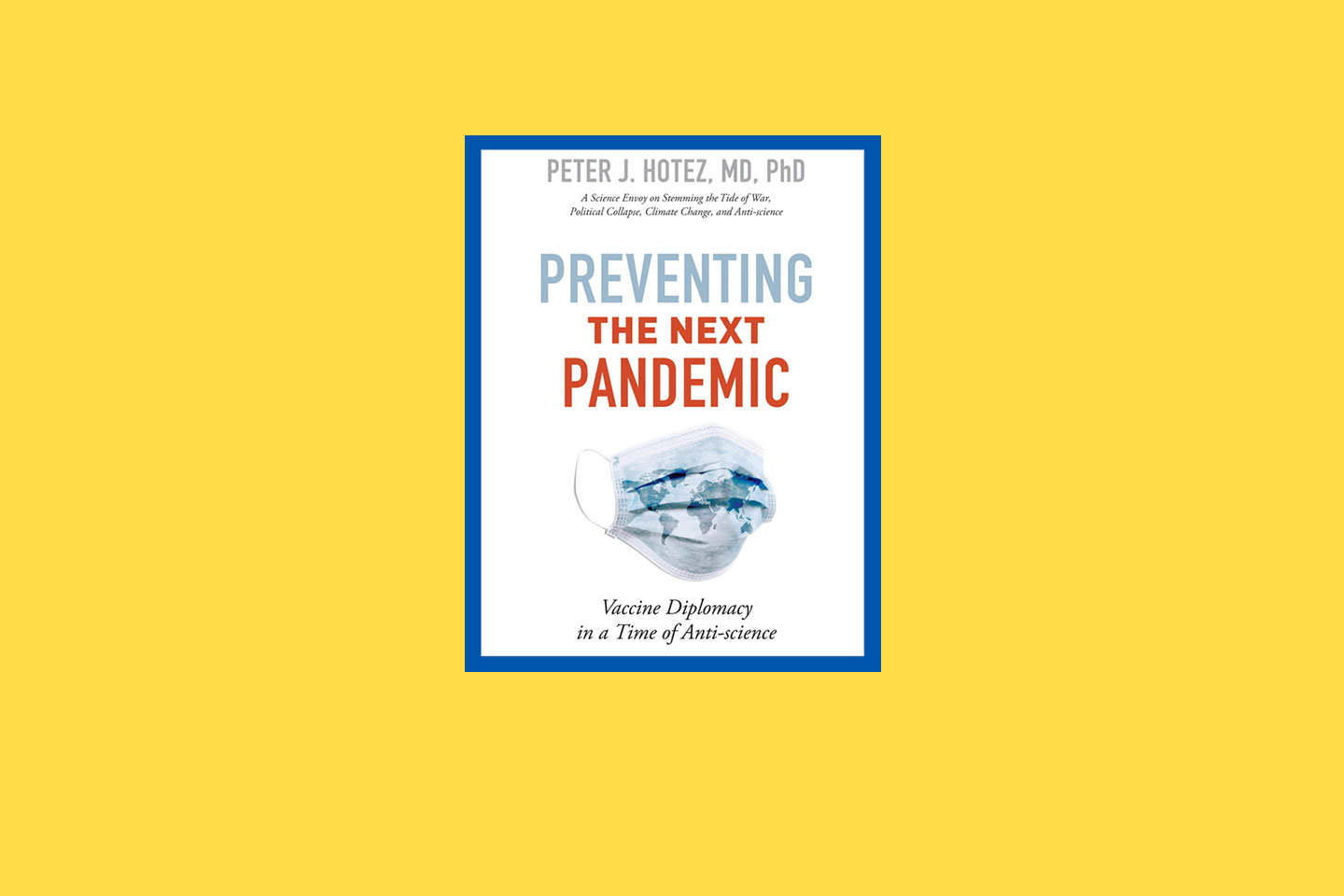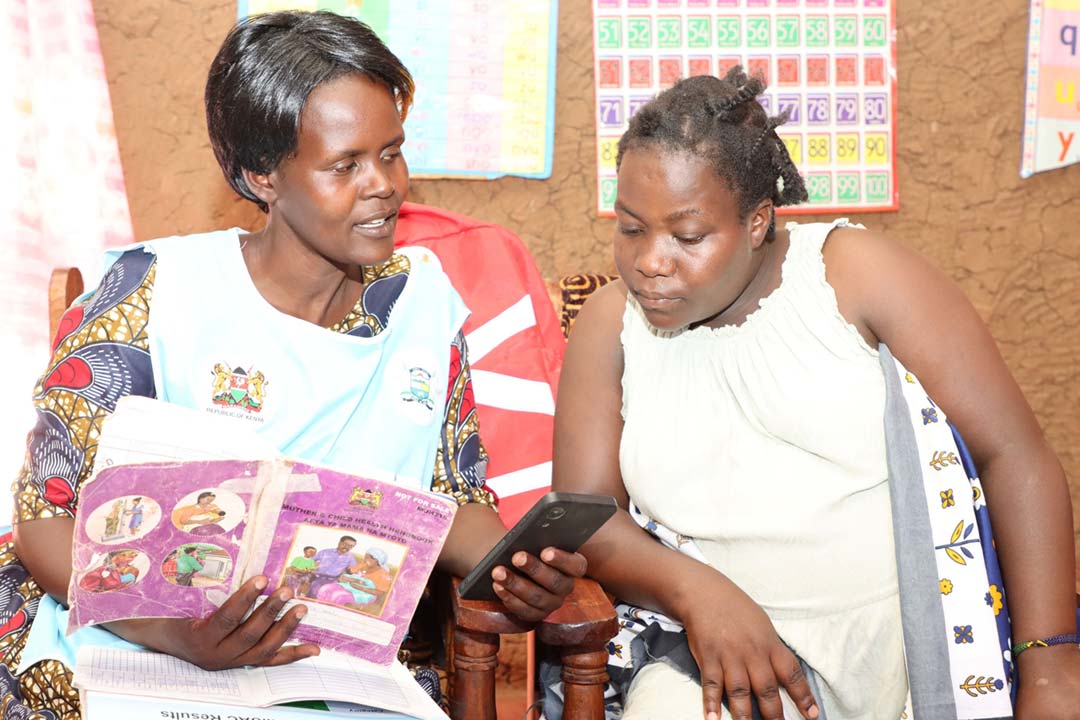How do the quarantine measures that have been implemented throughout history compare to the COVID-19 response?
COVID-19 has triggered lockdown measures for billions of people around the world. As many of us struggle to adapt to the ‘new normal’, we look at the origins of quarantine measures - and how they’ve been used to contain deadly outbreaks for centuries.
- 11 August 2020
- 6 min read
- by Elinore Court

A third of the world has implemented lockdown measures to flatten the epidemic curve and slow rates of transmission. With many countries reeling from the economic and social cost of such measures, it may seem like an extreme strategy, with a degree of uncertainty of how effective they actually are.
Some drugs like dexamethasone have demonstrated at least some effectiveness in reducing the mortality in some severe cases of COVID-19, but a safe and effective vaccine, if developed, remains key to ultimately ending the pandemic crisis and returning the world to some semblance of normality. But what did society do before pharmaceutical interventions like drugs and vaccines?
The earliest examples of non-pharmaceutical interventions
One of the earliest recorded mentions of using isolation and physical distancing to avoid contact with an infectious disease can be found in the Old Testament, where it was used to prevent the spread of leprosy, also known as Hansen’s disease. Throughout history, sufferers of this disease have been ostracised due to social stigma. In medieval times they were forced to wear distinctive clothes and announce their presence with bells or clappers to warn others to avoid close contact and prevent transmission.
One early example of physical distancing and movement restrictions to prevent the spread of disease occurred as far back as 1377 in Dubrovnik, Croatia, where quarantine stations called lazarettos were used to isolate any passengers and crew members who were suspected of having plague.
Variations of this method were then deployed to limit the spread of plague across the world and were adapted to respond to and contain many deadly outbreaks, including smallpox and yellow fever, and more recently Ebola and COVID-19.
Plague
As COVID-19 spread through Italy earlier this year, some shopkeepers in Tuscany looked to a 400-year-old solution to selling their wares in a pandemic. As plague swept through the region in the 1600s, merchants installed ‘wine windows’ – tiny waist height windows that allow them to pass their wares to customers while avoiding direct contact. In recent years local historians have been fighting to preserve the wine windows that remain. Shopkeepers looking for ways to keep trading during this latest pandemic should be grateful they did.
Throughout history the horrors of plague has driven some of the most important innovations in pandemic response. The 14th Century bubonic plague pandemic, also known as the Black Death, is believed to have triggered the “dawn of quarantine” in Europe, as countries implemented rudimentary pandemic response measures that we are still adapting 700 years later.
According to historian Dr Rosa Salzberg, when the plague arrived in Venice in the summer of 1575 “the city was blocked off and half of the population isolated”. Just as we are seeing with COVID-19, the quarantine exposed and deepened social inequalities as wealthy citizens fled the city, leaving the poorest residents vulnerable in cramped and unhealthy housing conditions.
Venice developed a world-leading infrastructure of plague control that focussed on quarantining infected people while continuing the flow of goods and merchandise to limit the impact on the economy.
One example of lockdown to prevent the spread of bubonic plague was the remote Derbyshire village of Eyam in the UK in 1666. The entire village quarantined itself in, as journalist David McKenna writes, “an heroic attempt to halt the spread of the Great plague.” Some 260 people lost their lives but their sacrifice paid off. The plague was contained and lives in neighbouring towns were spared.
Smallpox
Smallpox is an ancient disease that traces back to ancient Egypt. According to Harvard Professor Stefan Riedel, the “earliest evidence of skin lesions resembling those of smallpox is found on faces of mummies” and even on the Egyptian pharaoh Ramses V who died in 1156 BC.
Formerly one of the world’s deadliest diseases, killing over 300 million people in the 20th century alone, the smallpox was officially declared eradicated on the 8th of May in 1980 by the World Health Organization (WHO). This historic declaration marked the end of a disease which had plagued humanity for at least 3,000 years.
One of the last outbreaks in Europe occurred in the Polish city of Wroclaw in 1963. To contain the rapid spread of the virus, strict lockdown measures were put in place and over 200,00 people received the vaccine. As with COVID-19, disinfectant became ubiquitous and people were warned to greet each other without shaking hands.
The incubation period ranged from 7 to 19 days so anyone who was suspected of having contact with the virus was ordered to quarantine in complete isolation for three weeks. Over 2,000 people were transported to quarantine centres, which proved to be an effective strategy. Only 99 people fell ill during the epidemic, with seven deaths.
The last person in Asia to have active smallpox was a three-year-old girl in Bangladesh in 1975. According to the Centers for Disease Control and Prevention (CDC), Rahima Banu was isolated in her home with guards monitoring her 24 hours a day until she was no longer infectious. A thorough house-to-house vaccination campaign targeted anyone living or working within a 1.5 mile radius of her home. Combining contact tracing with ring vaccination, in which any contacts are vaccinated as well as the contacts of those contacts, ensured the case was contained effectively.
Polio
More recently in the United States, one polio epidemic reached a peak in 1952 when nearly 60,000 children were infected, thousands were paralysed and more than 3,000 children died.
Until the virus was eliminated in the US in 1979, the summer months were dubbed “polio season.” After President Franklin D. Roosevelt first exhibited symptoms of polio after swimming while on holiday, many parents forbade swimming in pools and lakes, beaches and public pools were frequently closed.
Parents also instructed children to avoid birthday parties and movie theatres as precautions, which became a recurring pattern for decades until the last case was recorded in 1979 thanks to widespread immunisation campaigns.
Ebola
Most recently, lockdown, quarantine and contact tracing methods were used to contain the deadly spread of Ebola across Africa. Authorities in Sierra Leone enforced three-day lockdowns in September 2014 and March 2015 to limit the spread. While around 6 million people were in lockdown, volunteers went door-to-door to identify anyone with symptoms and tell households how to stay safe.
Until an effective COVID-19 vaccine is found, Ebola offers many important lessons about lockdown, physical distancing and the importance of clear communication and social mobilisation activities.
Read more about the lessons from Ebola that can be applied to COVID-19 here.
What worked then often still works today
There are recurring patterns in pandemics that can help inform our modern-day strategies. For example, ships were quickly identified as plague hotspots in the 14th century, and as shown by the high transmission rates of COVID-19 on cruise ships like the Diamond Princess docked in Yokohama, Japan, the same is true to this day.
Although the world is far more inter-connected and factors like urbanisation are increasing the potential for pandemics to occur, many of the quarantine measures used throughout history have been used during the COVID-19 response. From isolating virus hotspots to quarantining for the duration of the incubation period, evidence suggests the founding principles of lockdown – reducing human contact to a minimum – are still relevant today.
We'd love to hear your feedback!
More from Elinore Court
Recommended for you









